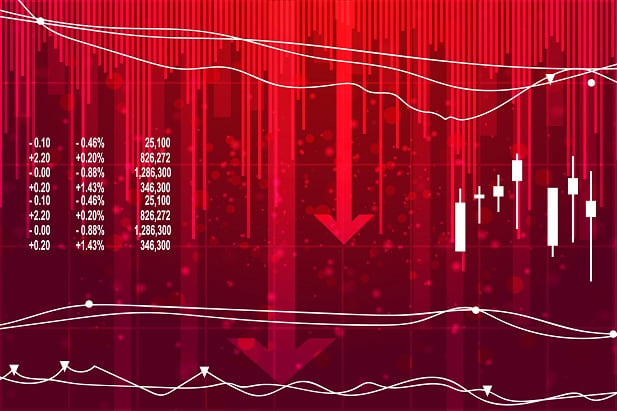 BenefitsPRO interviews Jason Shapiro, director, investments at Willis Towers Watson about TDFs, participants nearing retirement, and a widely and broadly predicted future recession. (Photo: Shutterstock)
BenefitsPRO interviews Jason Shapiro, director, investments at Willis Towers Watson about TDFs, participants nearing retirement, and a widely and broadly predicted future recession. (Photo: Shutterstock)
For target-date fund investors, it's been a decade of smooth sailing.
Since the bull market began in March of 2009, both the Dow Jones Industrial Average and the S&P 500 have posted 300 percent gains.
Recommended For You
Complete your profile to continue reading and get FREE access to BenefitsPRO, part of your ALM digital membership.
Your access to unlimited BenefitsPRO content isn’t changing.
Once you are an ALM digital member, you’ll receive:
- Breaking benefits news and analysis, on-site and via our newsletters and custom alerts
- Educational webcasts, white papers, and ebooks from industry thought leaders
- Critical converage of the property casualty insurance and financial advisory markets on our other ALM sites, PropertyCasualty360 and ThinkAdvisor
Already have an account? Sign In Now
© 2025 ALM Global, LLC, All Rights Reserved. Request academic re-use from www.copyright.com. All other uses, submit a request to [email protected]. For more information visit Asset & Logo Licensing.








